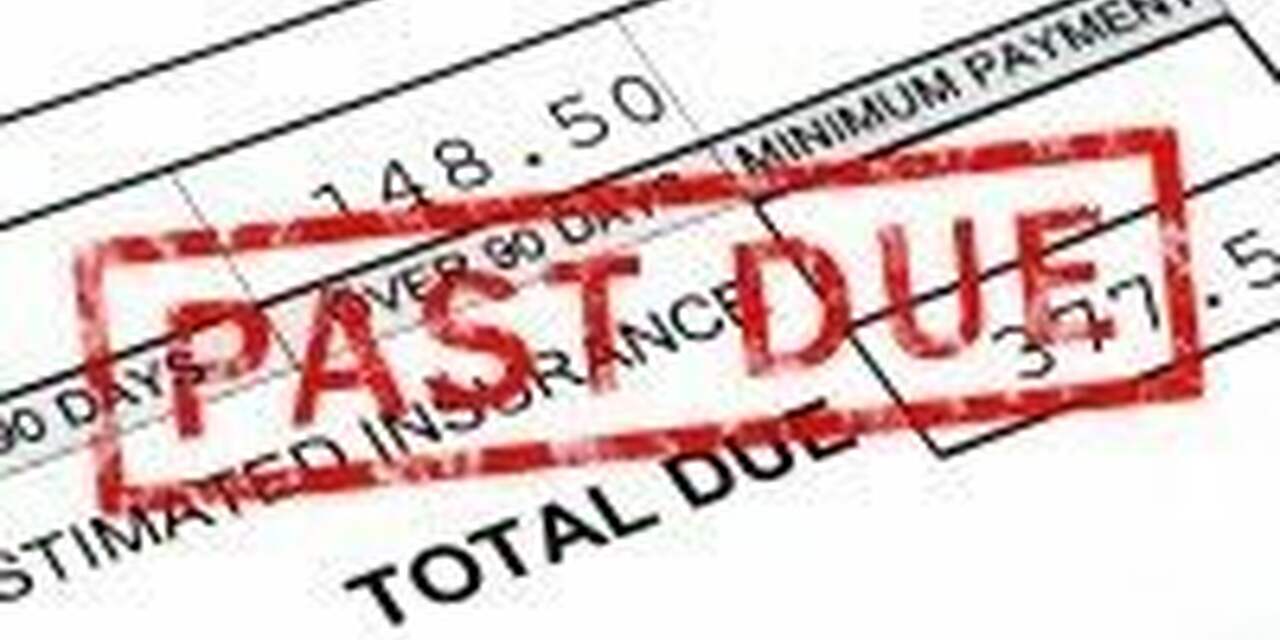Trade debts are common, particularly in the current economic climate. Businesses rely on invoices being paid promptly to ensure cash flow. If your invoices are not being paid on time, this can have a devastating effect on your business. In this article, we look at how to recover a debt from a customer.
An important step in the prevention of trade debts is having good terms and conditions of trade in place and keeping a close eye on your aged receivables.
Click here for more detail about this.
However, what should you do if a debtor owes your business money?
Letter of demand
The first step is usually to send a letter of demand.
A letter of demand sent from a lawyer is relatively inexpensive, and many debtors will pay the debt if they receive a letter from a law firm.
The other good reason to start with a letter of demand is that it puts the debtor on notice that you intend to commence court proceedings if the debt is not paid. If the matter then goes to court you will be in a better position to recover your legal costs.
There are some rules regarding what should be set out in a letter of demand for the letter of demand to be effective. Essentially, the letter of demand should set out the legal basis for the debt, the amount of the debt, the time within which the debt must be paid, and a notice that if the debt is not paid within that time, you intend to commence court proceedings to recover the debt.
Commencing court proceedings to recover a debt
If, after you have sent a letter of demand, the debt is still not paid, you may commence legal proceedings in the appropriate court.
Generally speaking, debts under $75,000 are dealt with in the
Magistrates Court, debts ranging between $75,000 and $750,000 are dealt with by the
District Court, and debts above $750,000 are dealt with by the
Supreme Court.
Once the proceedings have been commenced in the appropriate court the claim must be served on the debtor. The debtor will then need to file at the court a response to the claim (called a “Response to Claim” in the Magistrates Court, and a “Memorandum of Appearance” in the District and Supreme Courts) within a certain number of days depending on which court the matter is in.
Getting a default judgment
If the debtor ignores your legal proceedings and does not file the response in time, you may apply to the court for a default judgment. A default judgment is a judgment given by the court when a debtor does file the necessary paperwork to indicate that it intends to defend the claim.
In granting default judgment, the court will not consider the merits of your claim, but will only consider whether your claim has been served in accordance with the court’s rules and whether the debtor has lodged a response to your claim in time. A default judgment can be set aside if the court thinks it is fair to do so.
Going to trial
If the debtor does file a response, the court will usually make orders for the matter to go to trial. In a nutshell, the process often includes the following:
- Exchange of pleadings (pleadings are formal legal documents including a statement of claim and defence)
- Exchange of relevant documents (sometimes called 'discovery' or 'disclosure')
- Mediation
- Preparation and exchange of evidence, such as witness statements or outlines of evidence
- Preparation of trial books containing all the documents the parties wish to refer to at trial
- Exchange of written trial submissions
- Trial
Enforcing your judgment
If you are successful and obtain a judgment, you can enforce the judgment in a number of ways, including:
Property (seizure and sale) order
A property (seizure and sale) order (or "PSSO") is a court order instructing the bailiff or sheriff to sell the debtor’s goods or real property (land, house, apartment, car, television, etc) to pay you the debt.
Means inquiry
A means inquiry summons requires the debtor to attend a public hearing at court where the debtor must produce evidence of its financial position and its ability to pay the debt. This is called a means inquiry. At a means inquiry, the court will usually order the debtor to pay the debt within a certain number of days (a “time to pay order”) or to pay the debt in regular instalments (an “instalment order”), depending on the debtor’s financial situation.
Bankruptcy
If the debtor cannot (or will not) pay a judgment debt, you can apply to the Federal Court of Australia or the Federal Circuit Court of Australia for the debtor to be declared bankrupt. You will need to first get a judgment from the Magistrates Court, District Court or Supreme Court (as set out above).
However, bankruptcy is an expensive process (compared to a PSSO or a means inquiry).
There is a similar process for debtor companies, called liquidation.
Click here for more detail about enforcing a judgment.
Conclusion
Navigating the rules and procedures of the various courts can be difficult without an experienced lawyer, and a relatively simple debt recovery claim can end up going quite wrong, potentially costing you a lot of money.
We have lots of experience in debt recovery matters and can assist you with your debt recovery processes from the letter of demand stage, all the way through to enforcing a judgment.
If you would like any advice or assistance to recover a debt or debts, please don't hesitate to
contact us.

